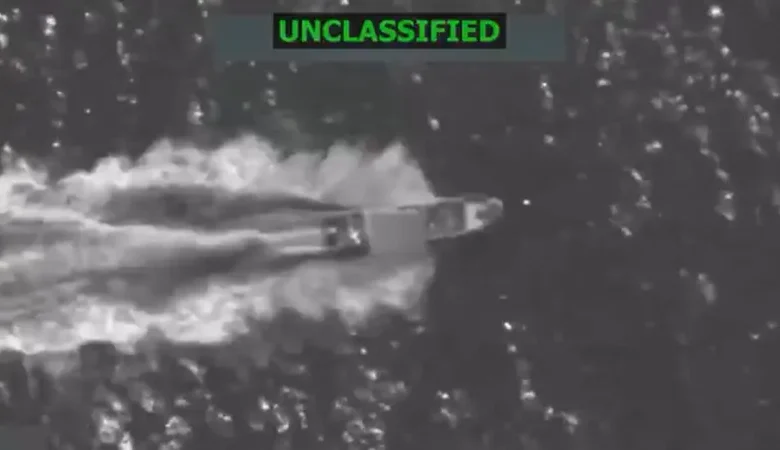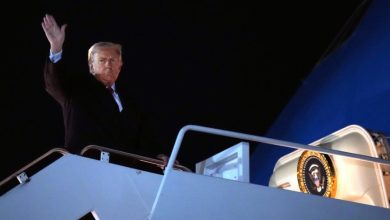
US forces launched a second lethal strike against a suspected drug vessel in the Pacific Ocean, rapidly escalating its intense campaign against seaborne drug smuggling. Defence Secretary Pete Hegseth confirmed the military action killed three people on Wednesday, while American personnel suffered absolutely no casualties during this dangerous operation.
Significantly, this action occurred just one day after the US previously attacked another boat, killing two individuals in the same Pacific region. Hegseth further stated that both vessels transported illicit drugs along established trafficking routes across wide international waters.
These strikes mark the eighth and ninth actions targeting suspected drug boats since 2 September, shifting the military’s focus from the Caribbean to the Pacific Ocean. Previously, the majority of the military’s operations against maritime drug smuggling took place exclusively within the Caribbean Sea.
The Narco-Terrorism Claim
Hegseth announced the latest operation on X, saying President Trump personally directed the Department of War to execute the lethal kinetic strike. Furthermore, Hegseth explicitly classified the targeted vessel as operating for a designated terrorist organization, broadening the scope of the anti-smuggling campaign. He maintained the strikes will continue daily because the suspects are “narco-terrorists bringing death and destruction to our great American cities.”
The Secretary’s post included video footage clearly depicting the boat erupting in flames immediately following impact from a United States bomb. Subsequently, the footage showed floating items in the ocean, and then a second military airstrike reportedly targeted those objects.
Legal Authority and Political Tensions
President Donald Trump asserted the legal authority to continue bombing these vessels located in open international waters without further authorization. However, he said he might approach the Congress before expanding attacks onto land targets. Trump declared his administration remained “totally prepared” to significantly expand anti-drug operations to land-based targets, marking a powerful escalation in the conflict.
Overall, the US strikes against alleged drug boats have killed at least 37 people, including individuals aboard a semi-submersible vessel recently targeted in the Caribbean. Two men remarkably survived a strike last week, and American forces repatriated them quickly to Colombia and Ecuador.
Crucially, news of the new strike emerged during a period of rapidly rising tensions between the Trump administration and Colombian President Gustavo Petro’s government. Trump recently characterized President Petro harshly as “a thug and a bad guy,” delivering a pointed warning about future serious action. Trump further criticized Petro, claiming, “He has led his country into a death trap” and warning, “He better watch it.”
Subsequently, Trump denounced the Colombian leader as an “illegal drug leader” strongly encouraging drug production across vast fields throughout Colombia. As a result, Trump confirmed the US will discontinue offering financial subsidies to Colombia, a long-standing key ally in Latin America.
Pacific is the Main Route
Experts confirm both Colombia and nearby Ecuador maintain significant Pacific coastlines, which smugglers utilize heavily to funnel drugs north into the United States.
Consequently, the Drug Enforcement Agency (DEA) estimates show the vast majority of cocaine destined for American cities travels directly through the Pacific corridor. Conversely, drug seizures in the Caribbean, where US strikes primarily occurred, represent a relatively small overall percentage, although officials report the volume increases.
However, US officials have provided few identifying details about the individuals killed or the specific trafficking organizations they allegedly served. To support this major operation, the US deployed approximately 10,000 troops, plus dozens of military aircraft and naval ships, to the vital Caribbean region.






